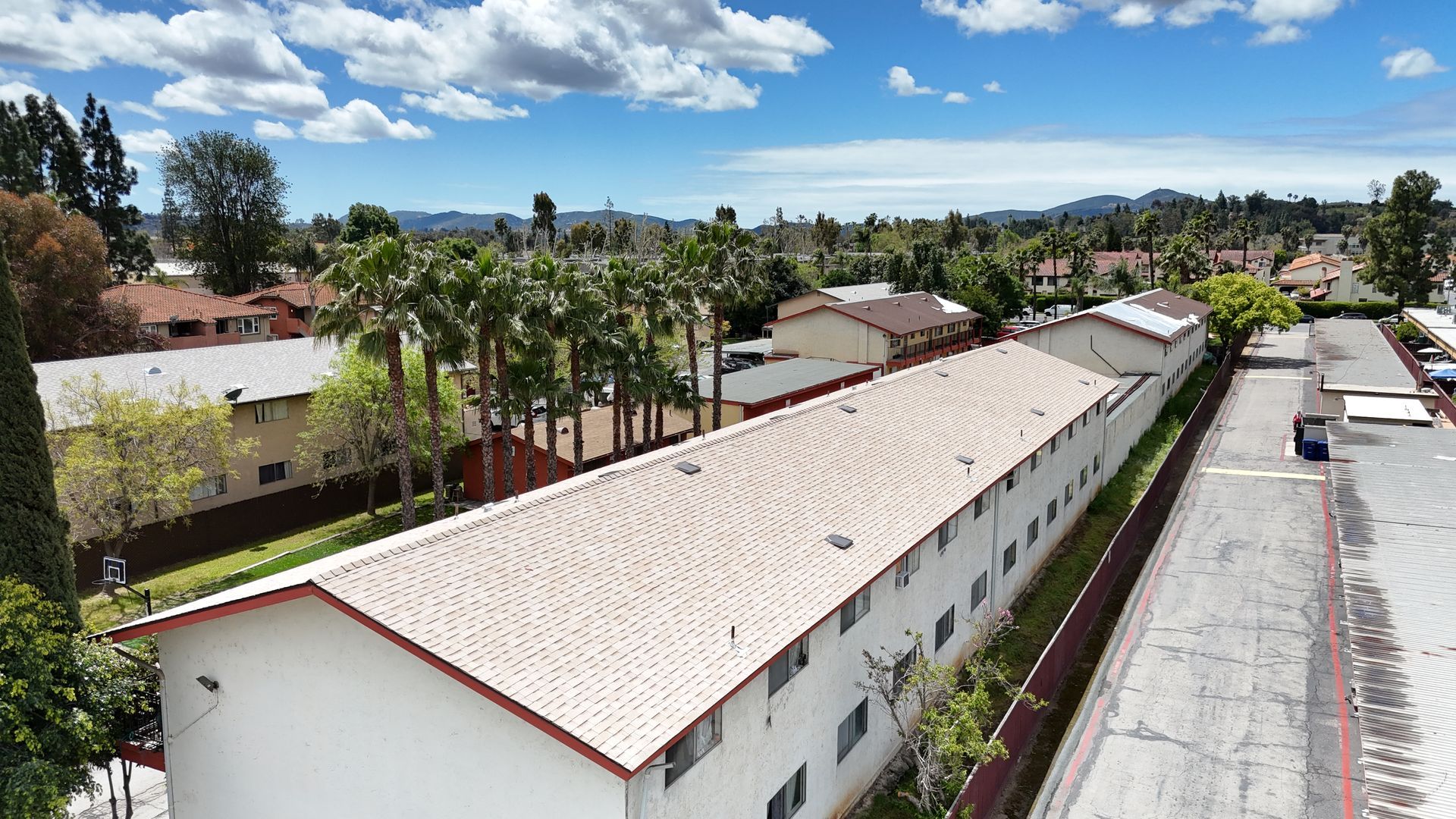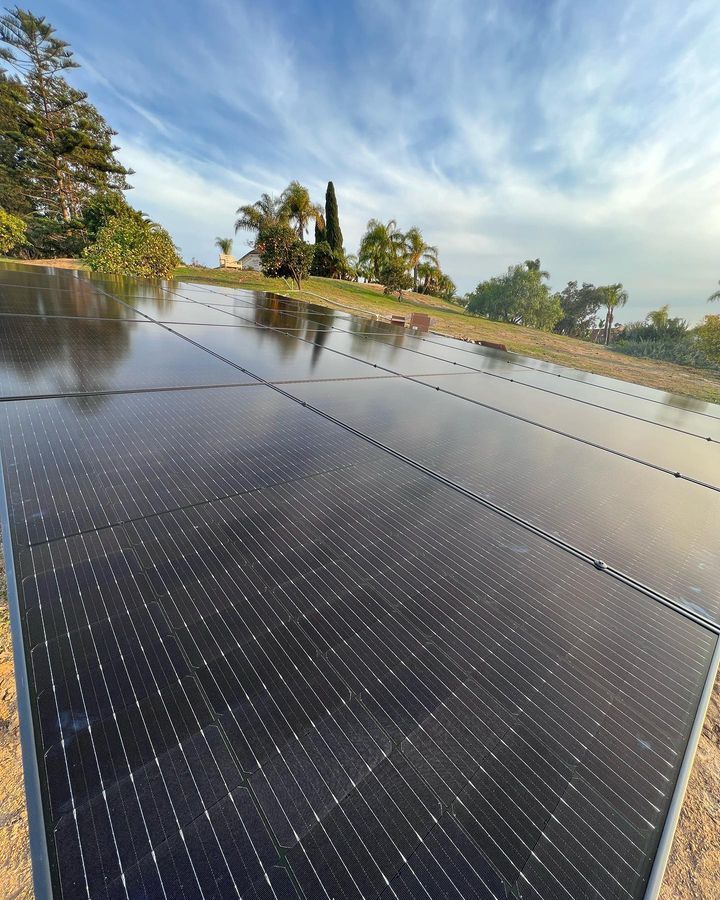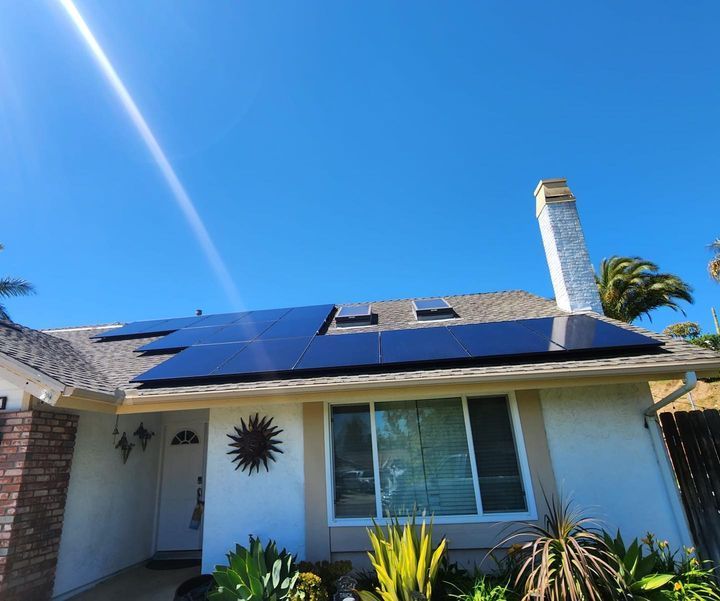Net Metering 3.0 (NEM-3) introduces a number of changes that will have an effect on those considering going solar with solar panels in California before April 2023. To begin with, NEM-3 will no longer offer customers credits on a one-to-one ratio as NEM-2 did; instead, they will be given credits based on the “avoided cost” method which takes into account how much it costs utilities to generate electricity from other sources such as coal or natural gas plants and then subtracts any environmental costs associated with them such as pollution or carbon taxes. This means that customers will not be receiving full retail value for any electricity exported into the grid from their solar panels; instead, they will only receive what utility companies feel is necessary to remain profitable after taking all other expenses into consideration such as infrastructure maintenance and renewable energy generation subsidies for large corporations such as Tesla or Amazon Web Services (AWS).
What You Need to Know About Net Metering 3.0 & How to Take Advantage of NEM-2
Net metering 2.0 in California allowed customers to save money by installing solar panels and reducing their energy bills. However, Net Metering 3.0 will take effect on April 14, 2023 and customers should understand the differences between the two programs to make informed decisions about their solar investments.
The Change from NEM-2 to NEM-3
Net Metering 2.0, also known as NEM-2, has been used since 2016, and it allows residential users with solar panels to get credit from their utility company for the excess electricity that is generated from their solar system and fed back into the grid. This credit is based on a one-to-one ratio for each kilowatt hour sent back to the grid. Basically, if you generate 1 kWh and send it back to the grid, you receive 1 kWh credited back to your account. However, this policy will end soon when Net Metering 3.0 takes over in April 2023.
Understanding the "Avoided Cost" Method and Fixed Charges in NEM-3
The other major change associated with NEM-3 is that it introduces fixed charges for those who take part in net metering with their solar panels, which could potentially add up to hundreds of dollars each year in extra fees depending on your local utility company's rates. These fixed charges are meant to help cover costs associated with maintaining infrastructure and providing power services across large geographical areas but it could also mean higher overall monthly bills if you plan on taking advantage of net metering programs like NEM-3 after April 2023 rolls around in California.
The Silver Lining: How NEM-3 Can Still Benefit Residential Solar Panel Owners
There are some positives associated with NEM-3 though: customers who install solar panels before April 14th, 2023 may still be eligible for lucrative incentives such as cashback payments or property tax exemptions offered by local governments which would help offset some of these higher charges associated with net metering after April 14, 2023 comes around; additionally, because utility companies are more likely to purchase excess energy generated by residential customers under NEM-3 than they were under NEM-2, this could potentially lead to quicker returns on investments made in solar panels over time due to increased revenue streams from utilities purchasing power generated from home systems rather than relying solely on credits provided directly from consumers themselves through net metering programs like NEM-2 did prior to its expiration date this upcoming year.
Government Incentives for Solar Panel Installations in California
For those interested in saving money through renewable energy sources like solar power with solar panels before the changes made by Net Metering 3.0 start being implemented, now is definitely a great time to consider investing in a home system! With generous government incentives available through local programs plus potential savings realized through net metering programs like NEM-2 now while they still exist, there really hasn't been a better time than today when it comes to making sure you get the most out of your residential solar investment both now and well into the future.
Conclusion: The Best Time to Invest in Solar Panels in California
Don't wait, take advantage of NEM-2's one-to-one ratio for credits on excess electricity generated and potentially qualify for local incentives and tax breaks before NEM-3 replaces it on April 14th, 2023. Contact Roof King Roofing and Solar today to learn more about installing solar panels on your home. Call them at (760) 334-5796. or fill out a free solar consultation form. Invest in solar panels for your home and start saving on your energy bills while also reducing your carbon footprint and promoting sustainable energy practices.




